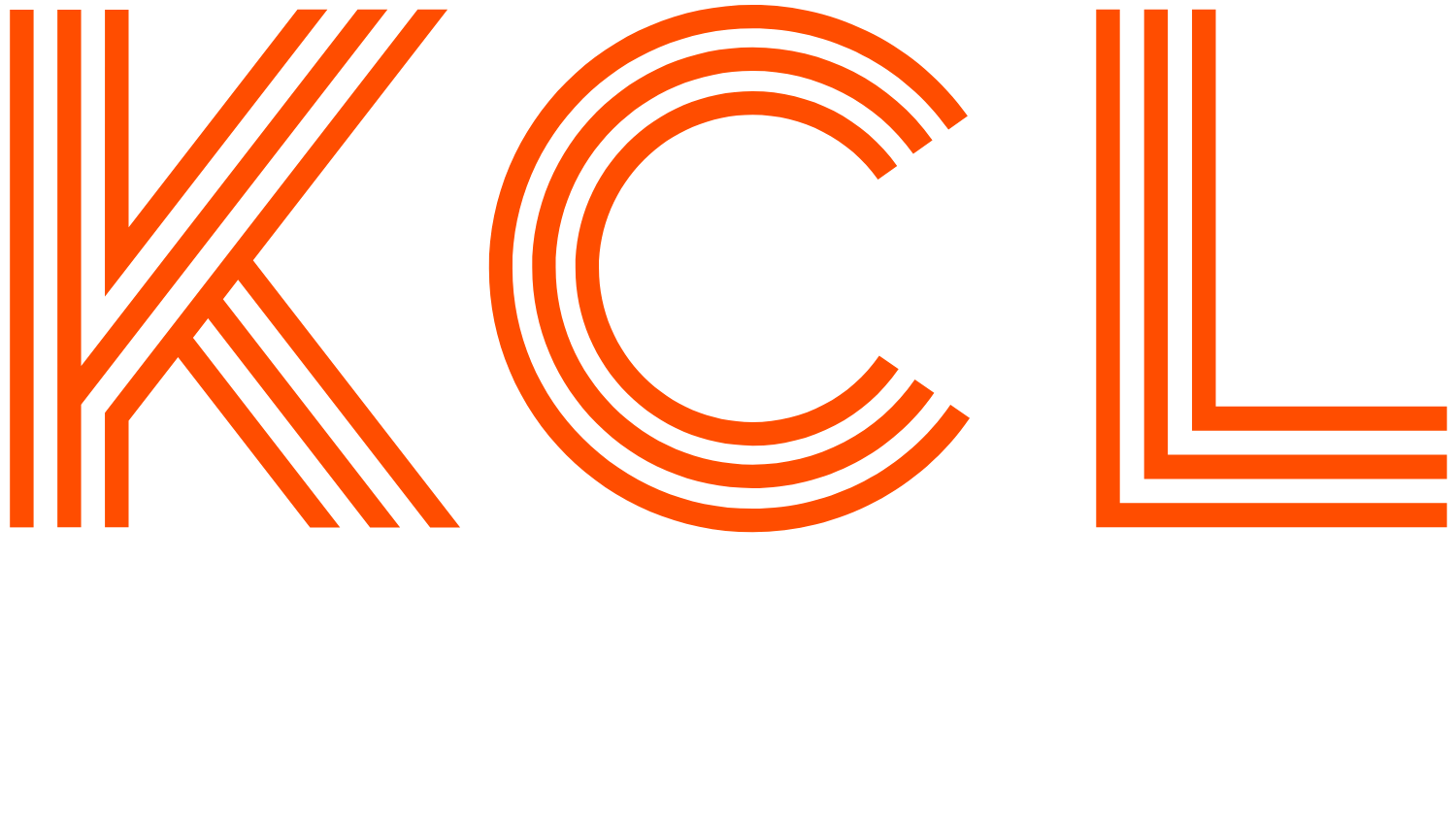With the COVID-19 outbreak in Australia under control and the curve flattened, and the state and federal governments announcements changing focus to ease restrictions, it seems the construction industry may avoid an industry wide shut down. While this is a positive outcome for the industry overall, the complexities of how events to date will impact projects are beginning to reveal themselves.
Various authorities have published documents outlining the expectations and requirements of contractors surrounding social distancing on site and more recently Personal Protective Equipment (PPE) requirements where social distancing is not possible.
On 21 April 2020, the Victorian Building Authority (VBA) published on their website a helpful consolidated guideline titled, Coronavirus (Covid-19) Guidelines for the Building and Construction Industry Victoria (Revision 3) 20 April 2020, which has been adopted and agreed by the Victorian Building and Construction Unions and Employer and Industry Associations and endorsed by the Building Industry Consultative Council as a result of Government announcements and directions of the Victorian Chief Health Officer and best practices. There were also a few additional changes which have been detailed by the Master Builders Association of Victoria (MBAV).
The new PPE requirements may be a double-edged sword, in that while the PPE requirements appear to be intended to overcome delays caused where social distancing cannot be maintained (for example, close working spaces and lifts), contractors are still finding it difficult or impossible to locate the necessary and ongoing supply of PPE equipment for projects and even where extremely limited supply is available, it is prohibitively expensive.
While new stringent requirements in the industry are no doubt necessary, they are delaying contractors and the entitlement to extensions of time and/or costs due to these delays are often unclear. In addition, superintendents appear often to be erroneously erring on the side of caution in denying contractors’ claims and entitlements.
Notices critical to maintaining entitlements
Even if a contractor is not certain whether the social distancing or PPE requirements will entitle them to an extension of time or additional costs incurred, it is important that all relevant notices and claims are issued and within the prescribed timing provisions, to ensure that any entitlement is not extinguished by time bars, and are otherwise delivered strictly in accordance with contract notice provisions. The notices or claims to be issued may include:
- notice of delay — typically served when a contractor becomes aware of a likely delay or a cause of delay;
- claim for extension of time — typically follows the notice of delay and is the formal claim for an extension of time;
- continuing or ongoing delay notice — may be required periodically after the delay commences if the delay events subject of an extension of time claim continue past a prescribed time;
- notice that the delay has ended — may be required if the delay events were continuing or ongoing, and the delay events have ended; and/or
- notice of legislative requirement — may be required if there is a change in legislative requirement that has caused the contractor to incur more costs than it otherwise would have.
There is not one precedent notice that will fit into every contract. Some contracts may have different and/or additional notices or clauses with unique requirements. It can be a bit of mine field that can invalidate notices and claims.
Legislative requirement
While the legislative requirement provisions can be similar in some contracts, it is the way terms are defined that will significantly affect entitlements. There is typically a clause which entitles the contractor to any costs incurred due to a change in legislative requirement. A change in legislative requirement may also allow an extension of time, making this a key provision for contractors. There are usually other qualifying causes of delay entitling contractors to time as well.
Whether the social distancing and PPE requirements will be considered a change in legislative requirement is a complex question that needs to be carefully considered on a contract by contract basis.
For some contracts, particularly those amended from AS4300 and AS4902, it appears that the social distancing and PPE requirements are a claimable legislative requirement for both time and cost. With regard to cost, contractors anticipate significant additional outlay to comply with these new and changing requirements.
Conclusion
Over the course of the COVID-19 crisis, KCL Law’s Construction and Infrastructure team has continued to advise on projects at all stages, including drafting contracts to deal with COVID-19 and assisting Tier 1 to Tier 3 head contractors navigate through notices and claims in connection with COVID-19, across the many sectors of the construction and infrastructure market.
Projects at the pre-contractual stage are being impacted, with contracts being redrafted to account for COVID-19 specific issues, as well as precautionary clauses being introduced to protect parties, and/or clarify each party’s rights during this uncertain time.
For projects already on foot, each contract will be unique in its ability to provide the contractor with extensions of time and/or costs for the recent events, particularly in relation to the change in legislative requirement provisions. An in-depth review of the clauses and definitions of each contract is required to establish what rights the contractor may have.
More information
For more information or advice, please contact Darren Cain, Principal Lawyer and Head of Construction and Infrastructure, on (03) 8600 8835 or dcain@kcllaw.com.au, Damien Simonetti, Senior Associate, (03) 8600 0708 or dsimonetti@kcllaw.com.au, or Jaimi-lee Johanson, Lawyer, on (03) 8600 8839 or jjohanson@kcllaw.com.au.
Authors
This Construction and Infrastructure update was co-authored by Jaimi Johanson, Lawyer, and Damien Simonetti, Senior Associate.
Note: This update is a guide only and is not intended to constitute legal advice.
